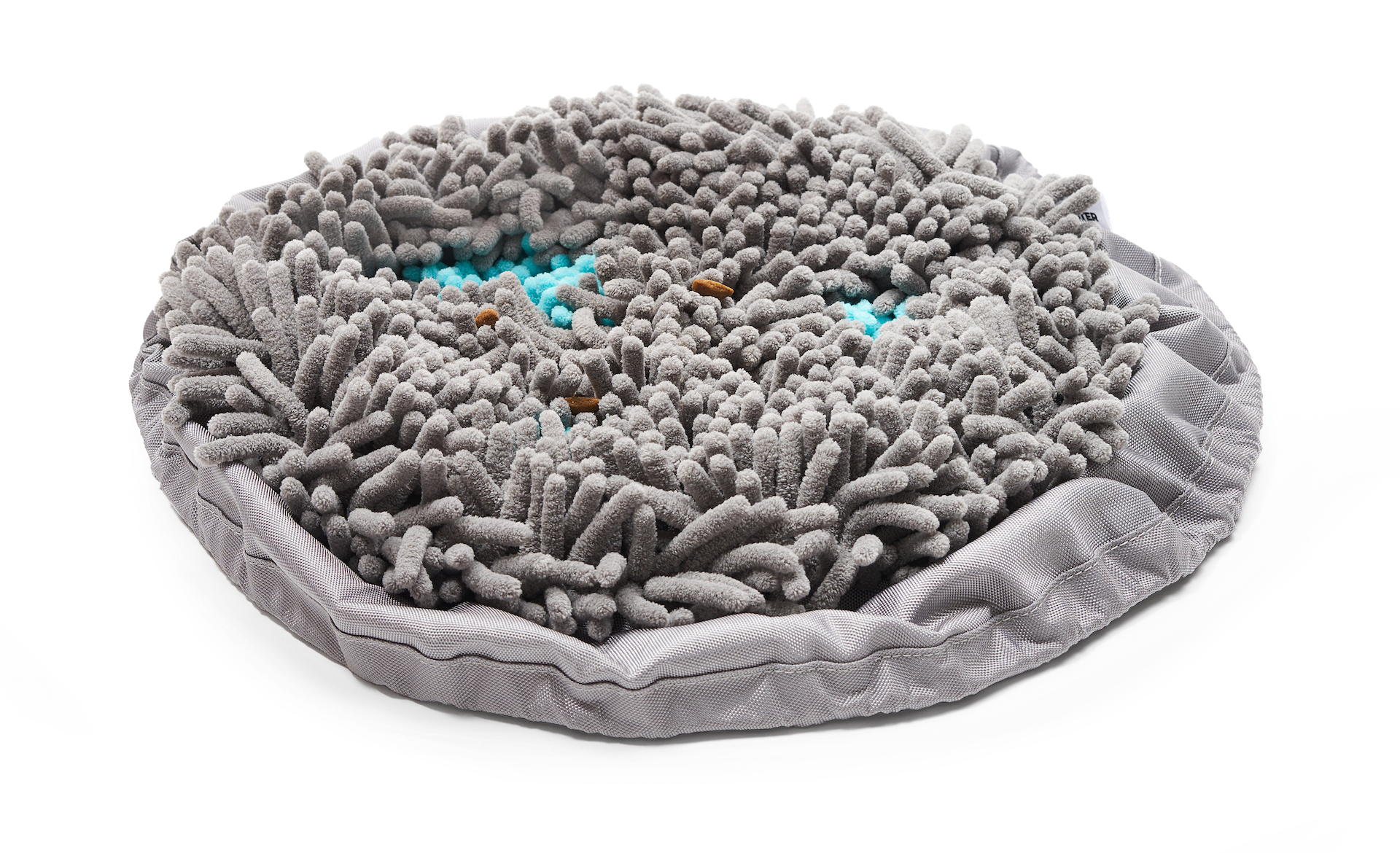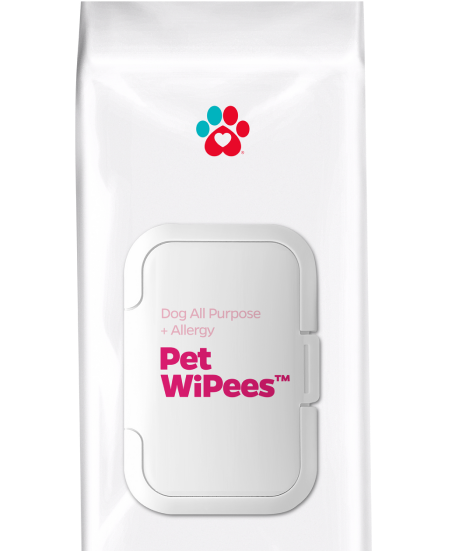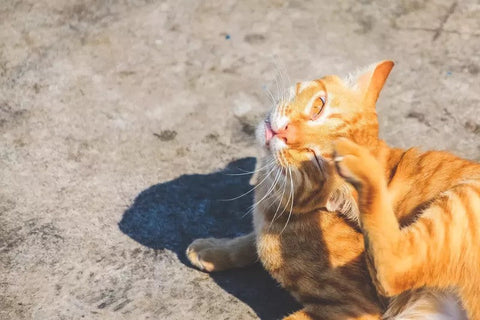Bloat is a deadly condition that may affect dogs at any time. The signs of bloat in dogs can be difficult to recognize if you are not sure of what to look for. The Veterinary Medical Center of Central New York states that the number of cases of bloat are estimated to be in the tens of thousands, with some even as high as 60,000 cases per year.
In this article, we will help you to get familiar with this life-threatening condition and learn to easily identify the signs of bloat. We’ll look at the common causes of bloat in dogs, how to treat bloat, and ways to help prevent bloat.
"Dog bloat is a term that is frequently used in describing GDV condition. This is considered to be one of the most rapid life-threatening diseases in dogs."
What Is Dog Bloat?
Dog bloat is a term frequently used in describing GDV condition. GDV stands for Gastric Dilatation and Volvulus. This is considered to be one of the most rapid life-threatening conditions in dogs.
This bloat is different from a simple bloating, also referred to as stomach distention or dilatation. The simple bloat occurs on its own and also goes away on its own and can last for a few hours without being life-threatening. However, it is also important never to let your guards down as simple bloat may progress into GDV. Any form of bloating should be considered serious.

In dog bloat, your furbaby’s stomach is filled with gas and/or fluid, causing it to flip and twist on its own axis. Since it is happening inside the stomach, it can be difficult for pet parents to know that something terrible is happening. Because the dog’s bloated stomach has flipped upon itself, it cuts off the blood supply to the stomach and the gas and/or the fluid is trapped inside and builds up. What is even scarier in bloat in dogs is that the spleen may also be twisted and may lose blood circulation. It may also block essential veins that help deliver blood to the heart.
Boat in dogs is extremely painful and kills in just a few hours if left without vet intervention. This is why it is necessary to know the signs of bloat in dogs, and ways to help prevent dog bloat effectively.
Signs of Bloat in Dogs
Bloat in dogs happens so suddenly and worsens very quickly. Determining the early signs of bloat in dogs is fundamental for your furbaby’s survival. Early signs of bloat in dogs may include the following:
- Distended or swollen abdomen
- Restlessness
- Overall look of discomfort and pain
- Anxiousness
- Failure to vomit
- Pacing
- Panting
- Stretching front half down and rear end up
As it gets worse, it may include:
- Excessive drooling
- Rapid heartbeat
- Pale gums
- Inability to stand
- Collapse
If you notice these signs of bloat in dogs, do not hesitate to contact your veterinarian or take your dog to an emergency vet.
What Causes Bloat in Dogs?
What causes dogs to bloat? There are a few reasons why bloat in dogs happens. Each case can be different, but the following may increase a dog’s chances of acquiring it:
- Eating quickly
- Eating one large meal in one day
- Drinking or eating too much
- Meals from a food bowl that is raised
- Immediately running and playing after eating
- Stress
According to Pets WebMD, any dog can develop dog bloat at any time but dog breeds prone to bloat are those with large and deep-chests. These breeds prone to bloat include Great Danes, St. Bernards, Boxers, Akitas, and German Shepherds. Unfortunately, the deep chest is more suitable for bloat, increasing the chances of it occurring. So, be sure to monitor your deep-chested breeds for signs of bloat, especially around meals.
Dog Bloat Treatment
Treatment for bloat in dogs depends on severity. However, home treatment for bloat in dogs in not an option as bloat is life-threatening. A dog bloated stomach home remedy can do more damage than good due to the time lost.
If you notice any of the following signs of dog bloat mentioned above, take your furbaby to the vet immediately. Time is of the essence when it comes to dog bloat. The sooner your furbaby acquires veterinary care, the higher their chances of survival and full recovery.

Veterinary Treatment of Bloat
Your vet may place a tube in your furbaby’s throat and down to their stomach to help release some pressure. In some cases, because the stomach has been twisted, the tube can no longer pass through. Your vet may release pressure by placing a large, hollow needle through your dog’s stomach. They also might then give fluids with antibiotics via IV.
Oftentimes, an X-ray is needed for the vet to determine how bad the stomach has been flipped and twisted and if other body parts have been damaged. Sometimes, surgery is required to set it back to its normal position. No matter the circumstances, your vet will be able to counsel you on the best treatment and act quickly to perform the procedures needed. So, do not waste time attempting to treat bloat in dogs at home.
Tips to Prevent Bloat
Dog bloat is extremely frightening, but there are things you can do to help prevent it from happening to your dog.
- Do not feed your furbaby in raised food bowls, unless your vet specifically says they should be fed on one.
- Do not allow them to run and play before or after eating. If they are exercising right before it is time for their food, allowed them to rest for a couple of minutes before feeding them. Avoid letting your dog do any strenuous exercises on a full stomach as well.
- Dogs who are fast eaters have five times the risk than dogs that are slow eaters according to the American Kennel Club. Have your dog use snuffle mats for their meals, rather than a normal bowl. Snuffle mats, like the Forager® Mat, will help a fast eater to slow down. Made with comfort in mind, the Forager® Mat uses a proprietary SoftSnout® material, which is non-abrasive to pet noses. These snuffle mats for dogs are perfect for snack or mealtime and scatter the food, making your dog use their natural senses to receive the food. They are designed to prevent a dog from eating so fast to help prevent choking, vomiting, or bloating.
- Instead of feeding them large servings once or twice a day, feed them small meals throughout the day. This will help with overloading their stomach.
- See to it that they do not overeat or consume too much water at once. Ensure that they have access to fresh water all day to help prevent this.
- Stressed dogs and those that are hyperactive are more likely to become bloated. Address whatever causes your furbaby’s stress and anxiety and provide anti-anxiety toys and activities.
These preventive measures are simple things you can do to help minimize the risk of bloat in your dog. Note that you cannot guarantee that your furbaby will never experience dog bloat. But, these will help in reducing the chances of it occurring and potentially could help the gravity of the condition should it occur.
Dog boat is a life-threatening condition you should never ignore. Learning to identify what causes bloat in dogs and the early signs of bloat in dogs can help you save your furbaby’s life! Be sure to familiarize yourself with bloat symptoms and treatment, so that if you do encounter it, you know exactly what to do.









